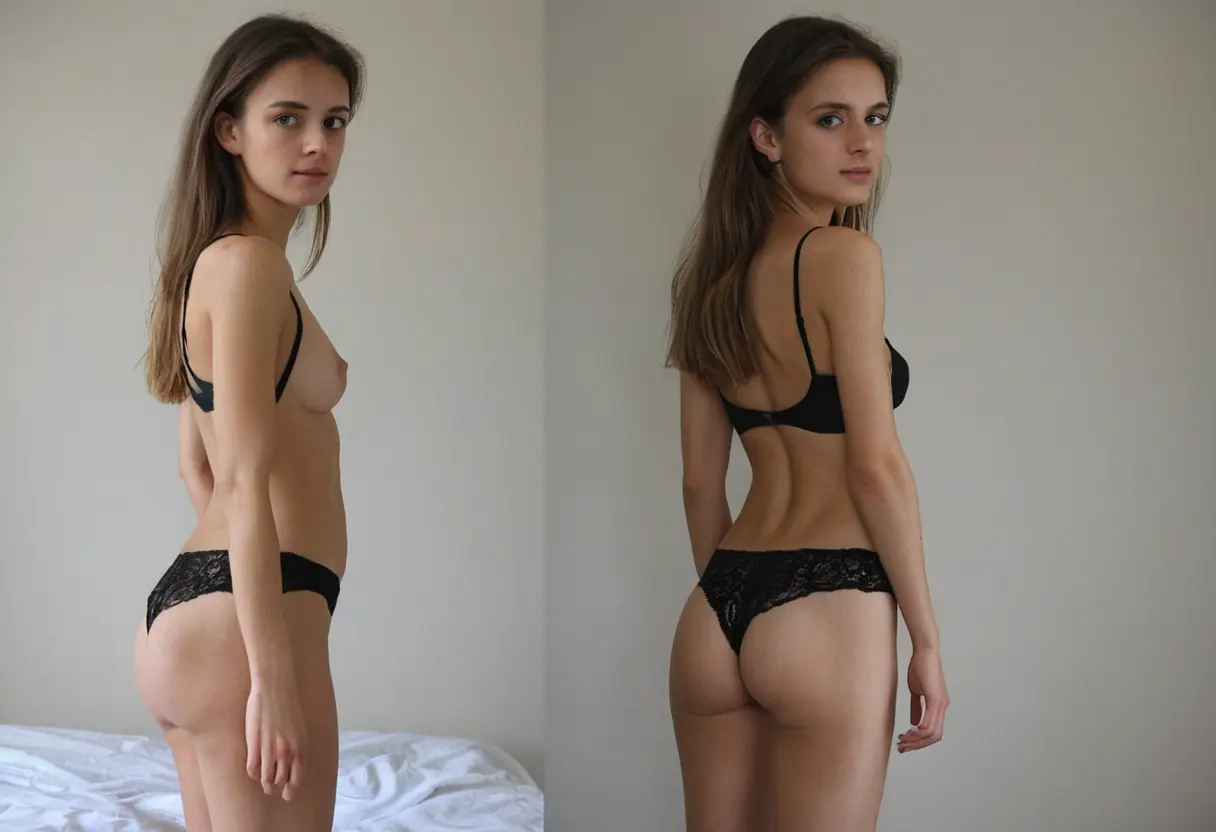Exploring AI Innovations in Image Undressing Techniques for Creatives
Exploring AI Innovations in Image Undressing Techniques for Creatives
In recent years, the advent of artificial intelligence has revolutionized various fields, and image processing is no exception. One particularly intriguing area is the development of AI innovations in image undressing techniques. These technologies allow creatives to manipulate and enhance images in groundbreaking ways, fostering new possibilities in art, design, and advertising. This article delves into the various applications of AI in image undressing, the technology behind it, ethical considerations, and future prospects.
The Technology Behind AI Image Undressing
At its core, AI image undressing techniques leverage advanced machine learning algorithms and deep learning models. These technologies are designed to analyze and interpret visual data, enabling the system to predict and generate images based on learned patterns. Specifically, convolutional neural networks (CNNs) are commonly employed due to their effectiveness in recognizing spatial hierarchies in images.

The process generally involves two main phases: training and inference. During the training phase, the AI model is exposed to a vast dataset of images, allowing it to learn the nuances of image content. This phase is crucial for the model to develop an understanding of different clothing items and the human form. After training, the model can then be used to generate undressed versions of images, effectively "removing" clothing while maintaining anatomical accuracy.

Applications in Creative Industries
AI image undressing techniques find applications across several creative industries, including fashion, advertising, and digital art. Here are some key areas where these innovations are making an impact:

- Fashion Design: Designers can visualize how clothing looks on different body types without needing physical models. This streamlines the design process and promotes inclusivity in fashion.
- Advertising: Marketers can create more engaging content by using AI-generated images that appeal to specific demographics, enhancing the effectiveness of campaigns.
- Digital Art: Artists can experiment with different visual elements, enabling them to create compelling compositions that challenge traditional aesthetics.
- Virtual Try-Ons: Retailers are utilizing AI to enhance the online shopping experience, allowing customers to see how clothes might look on them before making a purchase.
Ethical Considerations
While the potential of AI in image undressing is exciting, it also raises significant ethical questions. The ability to manipulate images to such an extent can lead to issues around consent, privacy, and the perpetuation of unrealistic body standards. Creatives and technologists must navigate these challenges carefully to ensure that their work does not exploit or harm individuals.
Furthermore, there is the risk of misuse in creating misleading or harmful content, such as deepfakes. To address these concerns, industry stakeholders are encouraged to develop guidelines and best practices for the ethical use of AI technologies. This includes obtaining consent from individuals whose images are used in training datasets and being transparent about how AI-generated images are created.
The Future of AI Image Undressing
The future of AI innovations in image undressing is promising, with ongoing research and development likely to yield even more sophisticated tools. As algorithms improve and datasets expand, the accuracy and realism of AI-generated images will continue to enhance. Potential future applications could include:
- Real-Time Image Manipulation: Advancements in processing power may allow for real-time undressing effects in live video, opening new avenues for interactive media.
- Personalized Content Creation: AI could tailor images to individual preferences, creating unique experiences for users across various platforms.
- Enhanced Collaboration: Creatives can leverage AI to co-create with technology, blending human intuition with machine precision for innovative outcomes.
Conclusion
AI innovations in image undressing techniques represent a significant leap forward for creatives across industries. From fashion design to digital art, these technologies are transforming how images are conceptualized and produced. However,undress ai tool as with any powerful tool, ethical considerations must be at the forefront of its development and application. By fostering a responsible approach to AI, the creative community can harness its full potential while mitigating risks. As we look to the future, the ongoing evolution of AI in image processing promises to redefine the boundaries of creativity and expression.
Weekly hotspots
- Discover the Power of Undress AI Tool for Seamless Background Removal and Design
- AI Photo Undress Technology Transforming Image Editing Techniques
- Exploring the Impact of AI DeepNude Undress on Digital Content Creation
- Explore the Future of Fashion with Undress People AI Technology
- How Reddit Undress AI is Shaping Conversations Around AI Technology and Society
- How Male AI Undressers Are Transforming Online Interactions




